When costume designer Susanna Song heard through industry chatter that writer/director Lee Isaac Chung's "Minari" was in the works, she knew she had to be involved.
Decidedly an American story, the movie follows Steven Yeun's Jacob, a South Korean immigrant father who moves his family from Los Angeles to rural Arkansas in the '80s. Portraying three generations chasing the American dream, the now-award season darling and Sundance 2020 hit really hit home for Song. She knew the executive producer, Joshua Bachove, and started her quest there.
"I said, 'look, this is almost the basis of my family," Song says. "Because my family immigrated from South Korea to California in the late '70s. They sold everything they had and brought all of my family over to California.' I have the research for that."
After she landed an interview — and proved her film potential beyond her mostly television work — she got the job. Song's personal connection, experience and knowledge supports the moving and ultimately uplifting story through subtle, but also distinct (if you're looking) details. For instance, she procured "house socks," with gripping on the soles, in LA's Koreatown and found specific tank tops for Yeun.
"They're much different than what the Americans wore," Song notes. "Koreans had their own brand."
Cutest child in the world Alan S. Kim (below), who plays seven-year-old son David, wears a collection of polo shirts and a symbolic palette of red, white and blue. "Every Korean boy I knew always wore red," Song remembers. "Based on my research and memory, a lot of relatives, as well as my brother, wore polo shirts [in the '80s]." David's adorable white athletic socks, proudly paired with Americana cowboy boots, reflect Chung's own childhood growing up on a farm in Lincoln, Arkansas.
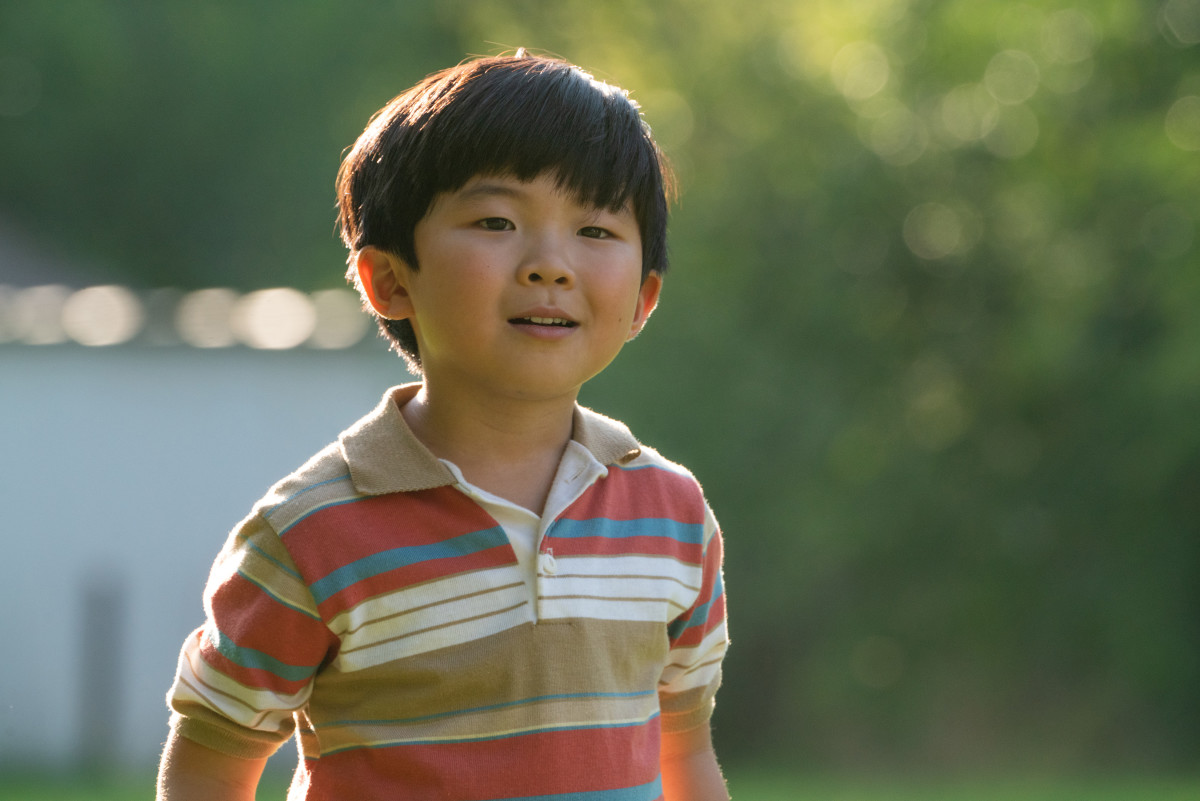
"There are experiences and [costume designers'] own backgrounds that they bring into the storytelling standpoint. If they're authentic to the universe that's being created, there's a nuance that just can't be bought," explains producer and actor Brian Yang. He recently co-founded Giant Leap Accelerator, which launched with a film and TV development program for Asian/Pacific American writers.
After decades of stereotypical roles, whitewashing and general exclusion, Asian-American/Pacific Islander (AAPI) stories are finally being told on film, ongoing from "Asian August,""Crazy Rich Asians" and the first "To All the Boys" installment. Not only are AAPI experiences being portrayed on screen with leading — and sometimes majority — casts, but also through directors and writers telling the stories. Our stories. More often than not, though, a deeper look at the creative — or "below-the-line," in industry jargon — teams, like hair and makeup, production design and costume design just doesn't reflect the same level of representation.
Costume designer and costumer Laura Wong built her resumé with impressive credits, including the "Twin Peaks" revival, "A Wrinkle in Time" and "Bombshell," under Colleen Atwood. She's also trained as a kimono specialist to help maintain cultural accuracy. (She served as a consultant on the "Shogun World" episodes in season two of "Westworld.")
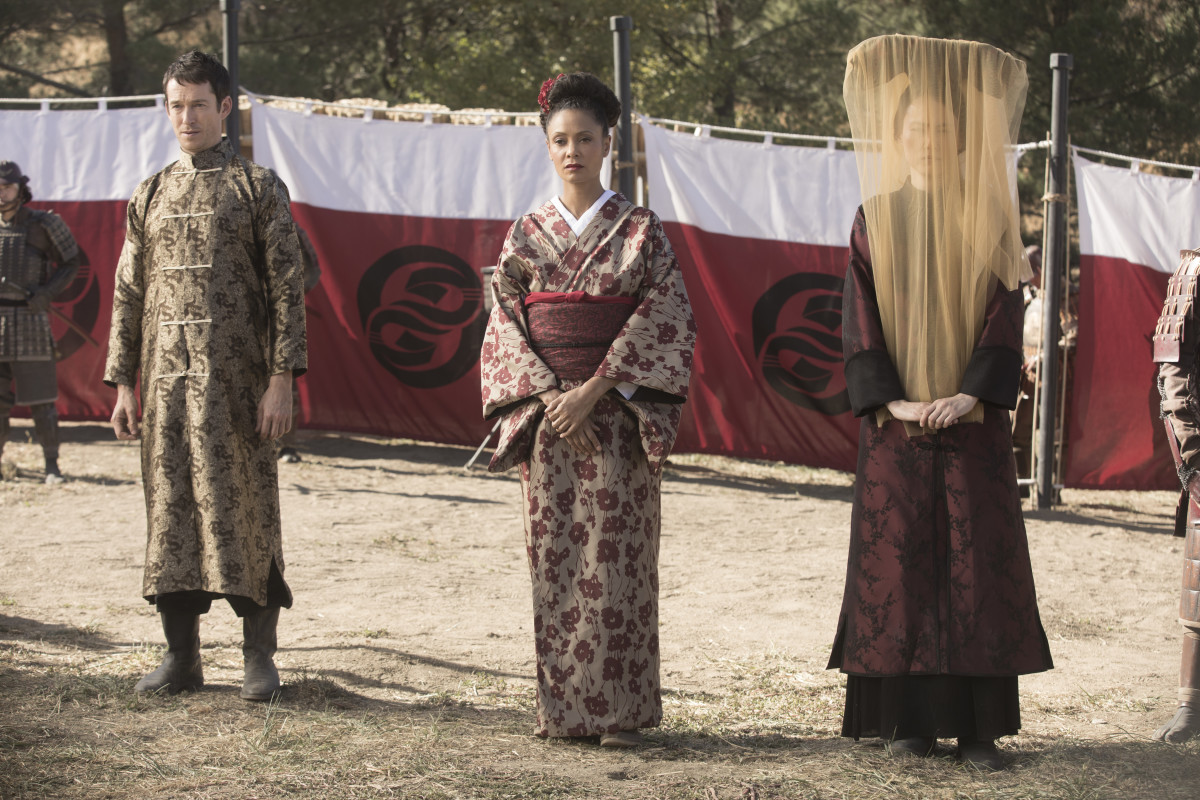
But feeling "fired up" about the overall lack of opportunities last year, Wong decided to conduct an "informal research study." She analyzed over 60 Hollywood movies and television shows, from 2000 to 2020, featuring an Asian-related setting, plot and prominent principal cast to determine how many had an AAPI costume designer. For films costing over $3 million, she found two designers on three projects: Thai-American Suttirat Larlarb for Danny Boyle's "Slumdog Millionaire" (2008) and Indian-American Arjun Bhasin for Mira Nair's "The Namesake" (2006) and Ang Lee's "Life of Pi" (2012). Lulu Wang's "The Farewell" did hire Shanghai-based Athena Wang for the P.R.C.-set scenes, but not for New York-shot portion. The Netflix series "Marco Polo" had Tim Yip, who's of Chinese descent, as a co-designer for the first season; he also designed the internationally produced blockbuster "Crouching Tiger, Hidden Dragon."
"It's very bleak," says Wong, who's of Chinese descent.
Designers often are greeted with the age old excuse-slash-response, according to Chinese-American costume designer Helen Huang: "'Well, there aren't any big Asian designers who can handle this level of work... It's like, 'Well, you've never given us an opportunity to. We aren't that many in numbers. How would you know?'"
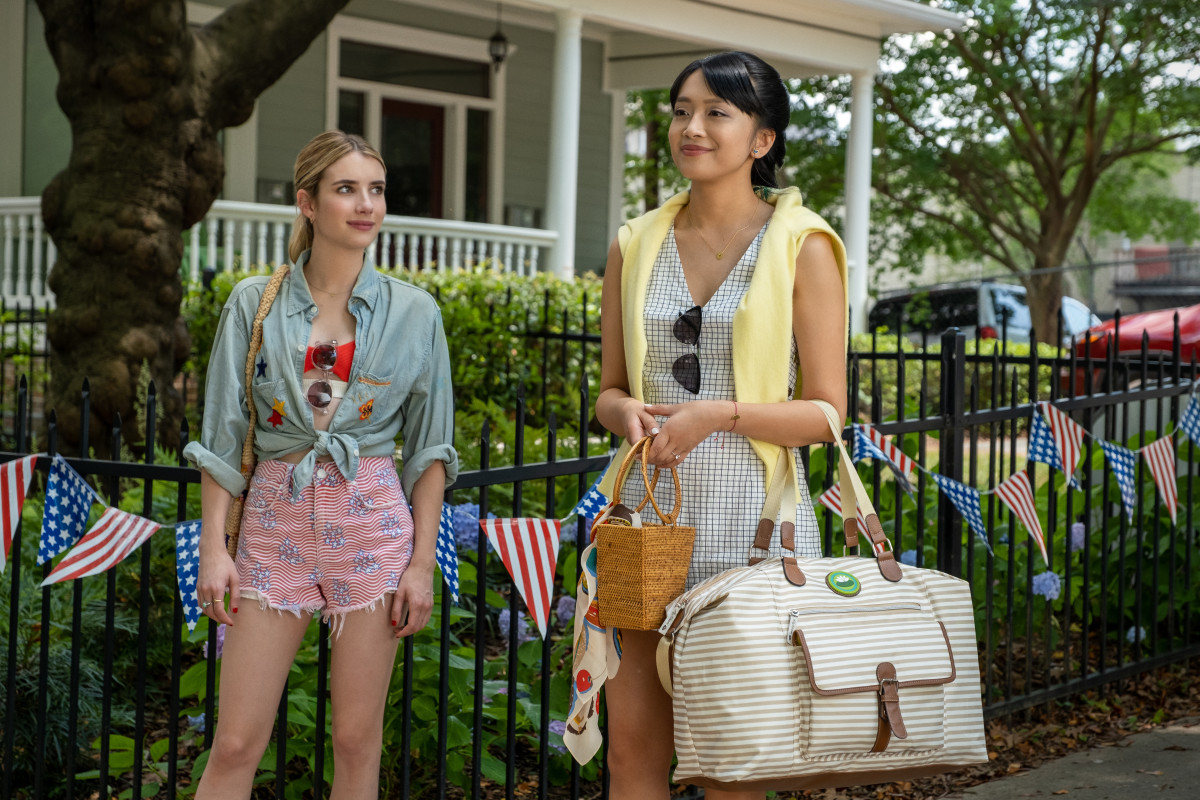
Huang recently designed the Emma Roberts rom-com "Holidate" and won an Emmy as part of Lou Eyrich's team for "American Horror Story" in 2016. She says she has reached out to Asian-American producers and directors about participating in a franchise based on a best-selling book series, but "the response is cold." Because seemingly, the bigger the budget — and the higher the profile — of a film, the less likely the creatives further down on the IMDb listing are of Asian heritage, even if the directors and producers are. (Then, there's "Mulan...")
"It's a very hard conversation to have now, about top down Asian directors and writers and producers; if they have that responsibility," says Huang. But it's a conversation that AAPI costume designers are having.
Related Articles:Tom Hanks Wears Some of Mister Rogers' Actual Clothes in 'A Beautiful Day in the Neighborhood'Sarah Jessica Parker Doesn't Wear Any 'High-End Fashion' in Her New Show, 'Divorce'The Unique Challenge of Designing Semi-Autobiographical Costumes
In her research, Wong observed that smaller, indie films, like "Minari" and New York and Hawaii-based director Christopher Makoto Yogi's upcoming "I Was a Simple Man," prove more willing to take chances on AAPI below-the-line talent. But for larger endeavors backed by brand-name studios and massive marketing machines, producers and directors tend to play it safe with seasoned (non-AAPI) designers with long resumé and awards accolades.
"You don't even get the interviews because they're going off of recommendation and people who have had the big movies," explains Huang. "But in that history, there is no diversity, right? So you're not given a chance to prove that you could do it. They aren't searching hard enough and then it's defaulting to a system that wasn't inclusive. Therefore, we are not getting the opportunities to use our voice."
That lack of inclusion and representation almost makes showcasing Asian talent in the bold opening credits feel "performative," since AAPI creatives below-the-line aren't even given a seat at the table.
The pressure can be intensified with up-and-coming directors stepping up to their big moment, with the added historical pressure of one-time hits like 1993's "The Joy Luck Club" or now-mega-producer Justin Lin's 2002 indie breakout "Better Luck Tomorrow," which didn't lead to a proliferation of Asian-centered projects. "Let's put it this way, AAPI producers, writers, showrunners, directors are also very recent things, so you can't really blame them because the stakes are so high," says Vera Chow. "Everyone is watching them. If you were them, would you hire all up-and-coming crew? Would you take a chance? I think most people would do the same thing.""
Thanks to her fluency in Mandarin and Cantonese, Chow found her first big-budget jobs internationally as a costume supervisor on "Marco Polo," which led to heading up her own team on the P.R.C.-based "Shanghai Fortress." "Nobody would give a 35-year-old a $100 million sci-fi in the U.S.," she says. The multilingual Hong Kong-born New Yorker has since built a successful "bi-continental" international career.
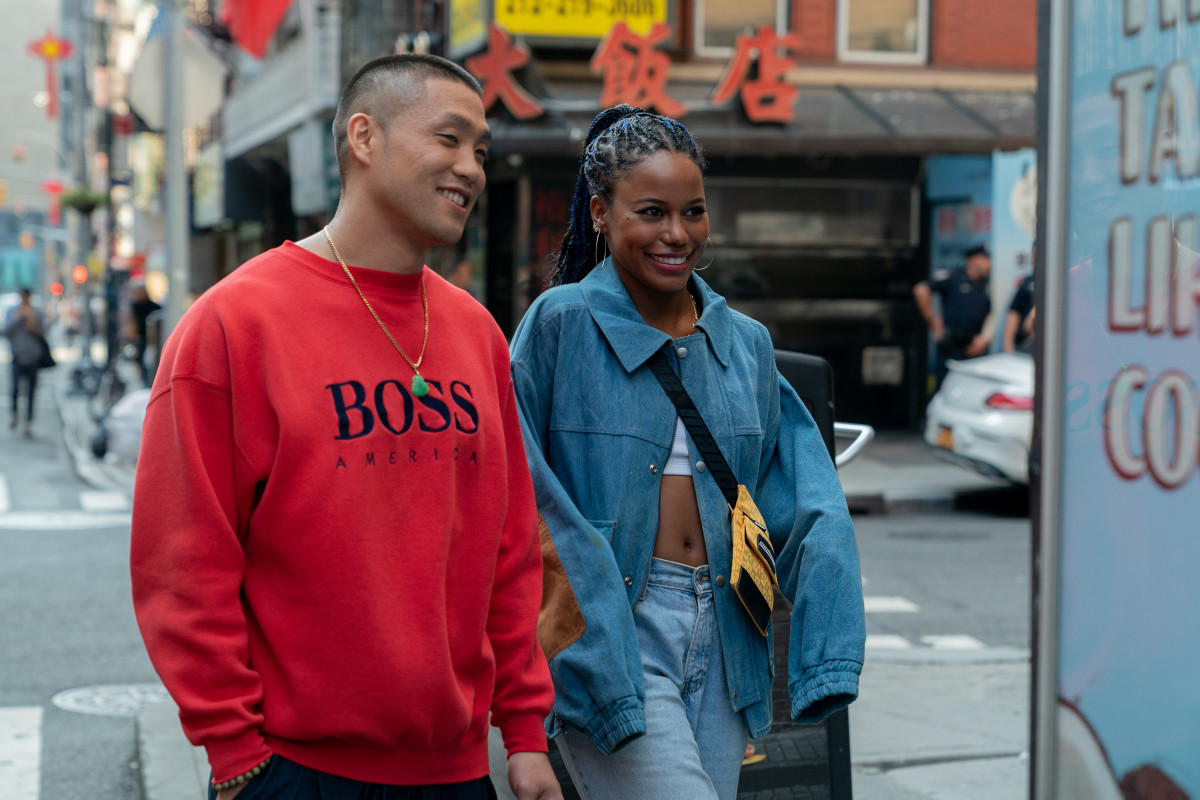
Chow's soon-to-be released project is Eddie Huang's directorial debut, "Boogie," a New York City-set coming-of-age story about a Chinese-American basketball player. After her interview with the Taiwanese-American author/restaurateur (and launching into Mandarin after five minutes), it was a "no-brainer." But she was initially approached for the job by a line producer.
"The funny thing about most of these Asian projects is that I was actually found by the non-Asian producer," she says, with a resigned laugh. "The Asian directors were usually not hunting for any AAPI crew at all. Usually, it's allies."
Chow feels that there needs to be "cultural mindshift within the Asian community, in general," with less emphasis on "pedigree." Studios also should empower Asian directors and producers to hire a more diverse crew below-the-line.
"We need to reach further in our search for be it Asian costume designers, composers, production designers, ADs..." she adds. "We're out there and most of us are not working with Asians."
That's how the small group of trailblazing veteran designers of Asian descent have built successful Hollywood careers throughout decades of a dearth of AAPI-related stories, by necessity. Larlarb — a Stanford BFA and Yale MFA grad who's a triple-threat costume designer, production designer and art director — found an early champion in Boyle, securing her big break on the British filmmaker's Leonardo DiCaprio-starring 2000 film, "The Beach," for instance. While assisting in theater design in London, she proactively secured a production assistant job on the Thailand-set film (helped by her Thai passport and language skills). Her collaboration with Boyle continued on "Slumdog Millionaire," "Sunshine," "127 Hours" and the London 2012 Olympics Opening Ceremony, which earned her an Emmy.
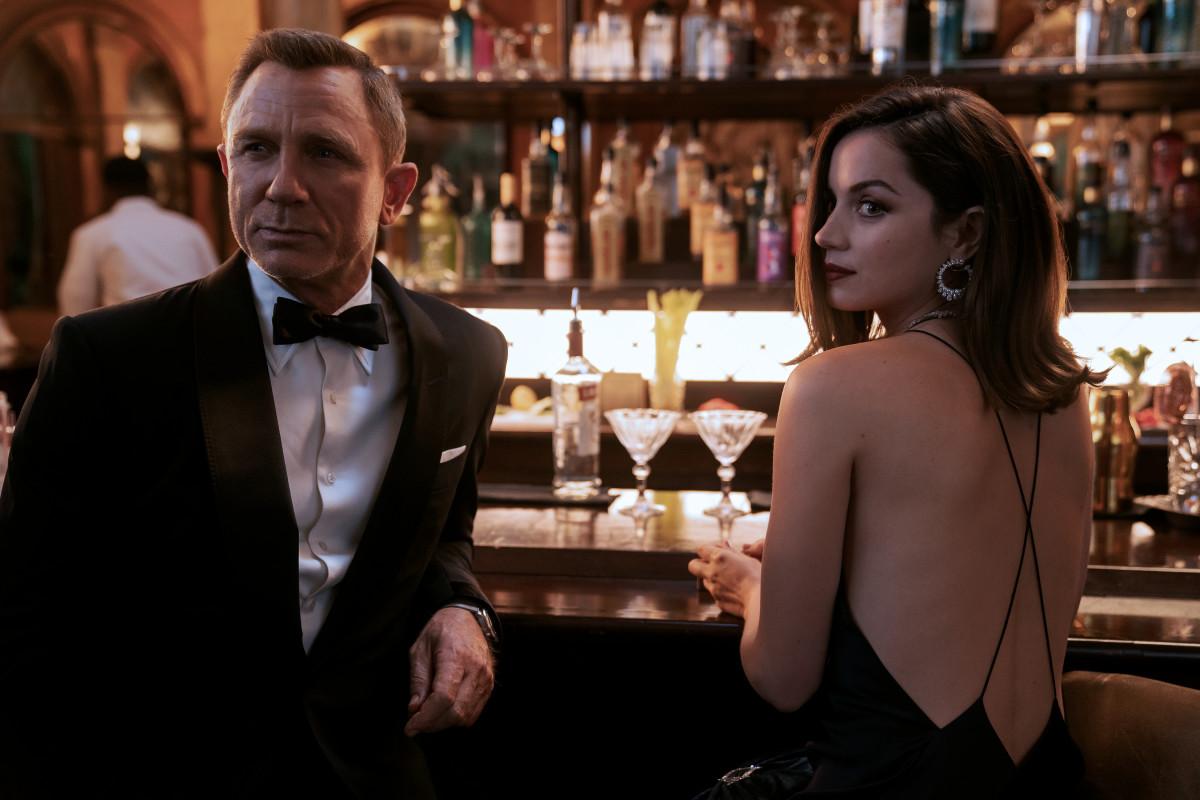
Now with more directors of Asian descent helming projects, Larlarb finds herself included on the recommended "lists," thanks to her bonafides. She's feeling encouraged by recent projects as a sign of the community coming together, whether on Asian-centered stories or not. Following Ang Lee's 2019 Will Smith-starring sci-fi "Gemini Man" and Cary Joji Fukunaga's long-awaited Bond film, "No Time to Die," she's especially enthusiastic about working with Asian female directors: Jane Wu for the Netflix animated series "Blue Eye Samurai" (featuring Randall Park and Maya Erskine) and "The Mandalorian" helmer Deborah Chow on a Disney+ project she's not at liberty to discuss (but what IMDb indicates is a tiny project called "Obi-Wan Kenobi").
"Four Asian directors in a row — I'd say that's a good sign," says Larlarb, on a call.
Meanwhile, Bhasin has broken ground by making his own singular imprint over the past two decades in the two biggest film industries in the world: Hollywood and Bollywood. Born and raised in India, he began his Stateside career while interning during NYU film school. After 9/11, he decided to apply his talents to Bollywood and began a longtime collaboration with international producer, director and writer Mira Nair. Together, their storytelling work spans South Asia and the diaspora, including the aforementioned New York-set "The Namesake," which may be the first time I saw my own experience reflected back in Kal Penn's second-generation character.
"The thing that really drew me to Mira, what draws us to each other and the reason why we work together so much is because I've heard her say in the past, 'you know, representation is everything and if we don't tell the stories of our lives and our experiences, no one else will,'" says Bhasin. Their most recent project, the lushly epic BBC series "A Suitable Boy," based on Vikram Seth's novel, is proudly set in post-independence India.
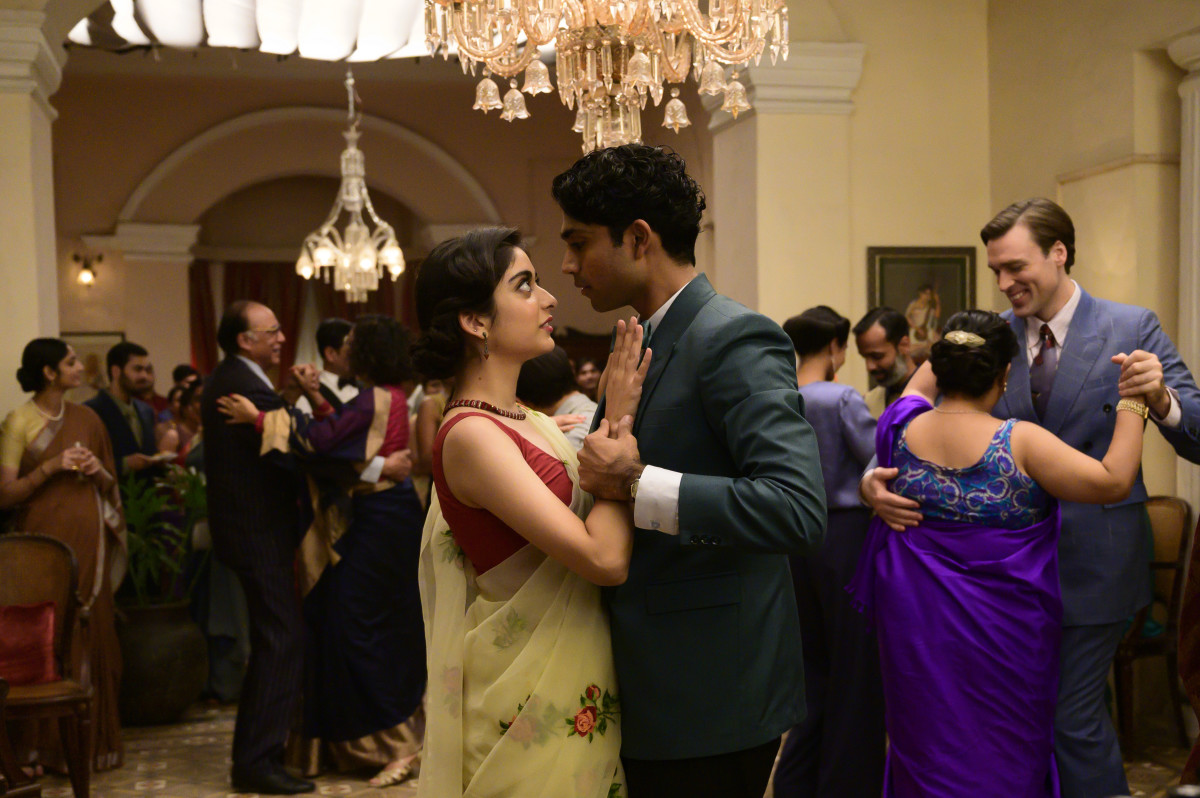
He's sought after for his thoughtful, character-building and often color-saturated work that explores and bridges the cultures of his two homes. "I'm attracted to projects [with] this idea of being a stranger in a strange land, adopting the same land as your own, bringing your experience, your colors, your visuals and your life to it and synthesizing with a different place," he explains. (His approach also translates to Sarah Jessica Parker's character navigating "Divorce" and Matthew Rhys's cynical Esquire journalist entering the sunny, optimistic worldview of Mister Rogers in "A Beautiful Day in the Neighborhood.")
Bhasin's signature and personal experience applies perfectly to his current project, the Disney + series "Ms. Marvel." The main character, Kamala Khan, is a teenage South Asian-American — and Marvel's first Muslim — superhero. He details the different backgrounds and perspectives of the directing team, including Belgian-Moroccan Adil El Arbi and Bilall Fallah, Indian-American Meera Menon and Pakistani-Canadian Sharmeen Obaid-Chinoy: "We're so diverse, so there's all these different kinds of ways of seeing the immigrant experience and translating it," he says.
Bhasin's also excited to see more AAPI filmmakers — and stories — taking place in Hollywood. "I'm desperate to work with other Asian directors now," Bhasin notes. (He recently wrapped "After Yang," a future-set sci-fi drama helmed by Korean-American director Kogonada.) "I've been reaching out to Lulu Wang because I'd really love to work with her."
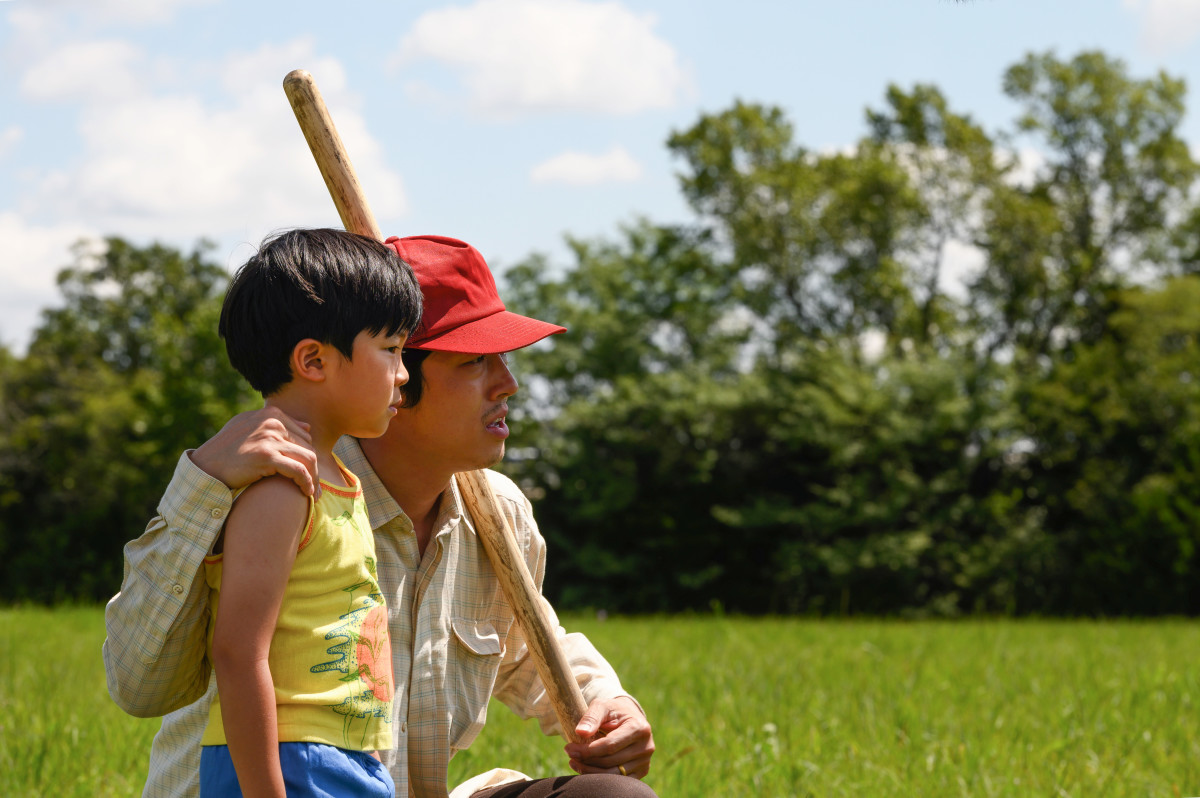
"When we immigrated and the second generation came up, we never saw people wanting to be costume designers. That was never even a real profession you [thought you] could actually do. So it's taken generations to get to a point where we have a handful of them," explains Yang. A "strength in numbers" with the next gen of talent could help push representation behind-the-camera, too.
"More and more, when people realize that you can actually make a career out of it — and a successful career and enjoyable career — you're actually saying something that's important culturally in the world," says Bhasin. "It means something,"
In terms of numbers, the Costume Designers Guild of America doesn't compile a racial/ethnic breakdown of its members. But in the wake of the racial reckoning in 2020, the CDG's Diversity & Inclusion Committee began hosting a series of "Cultural Conversations" to provide a space for BIPOC members, including an AAPI panel featuring Larlarb, Song and committee member Wong.
In the meantime, though, we need to continue breaking barriers and having — or even starting — those difficult and often uncomfortable discussions.
"I hold Minari really dear to my heart, even if I wasn't costume designing it, it's still so special to me and our community," says Song. "That was a beautiful thing because I don't think there'll be another call sheet like that with this many Asian or Korean head of departments. Hopefully there'll be more."
Never miss the latest fashion industry news. Sign up for the Fashionista daily newsletter.
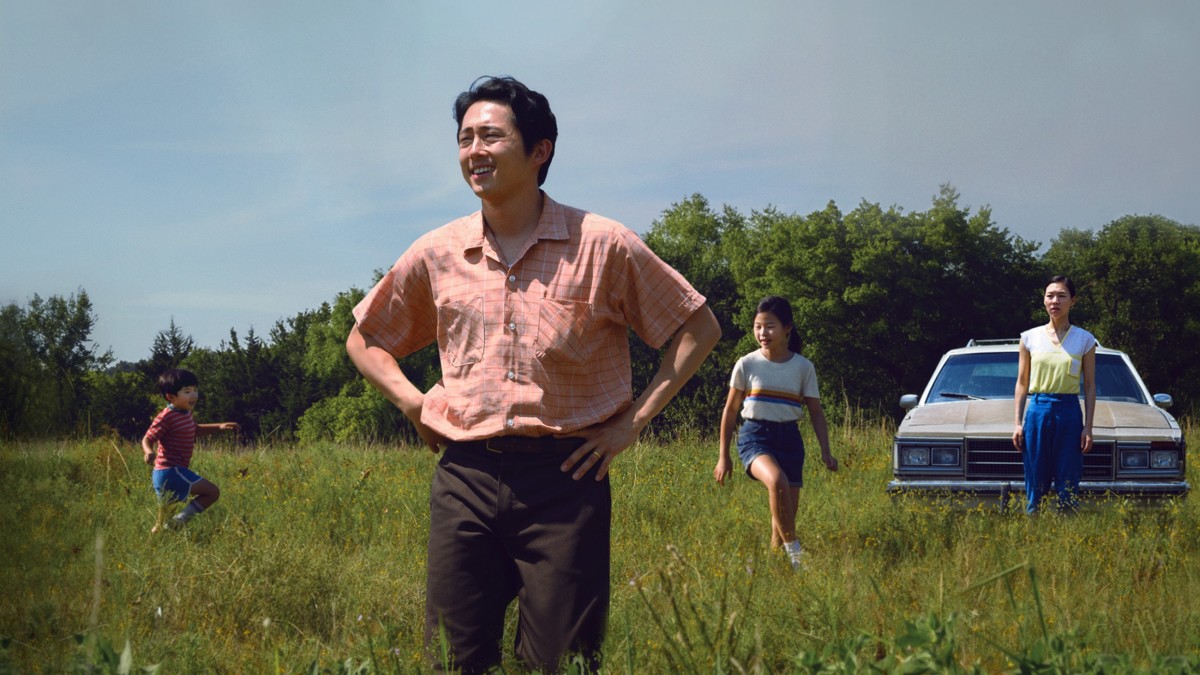
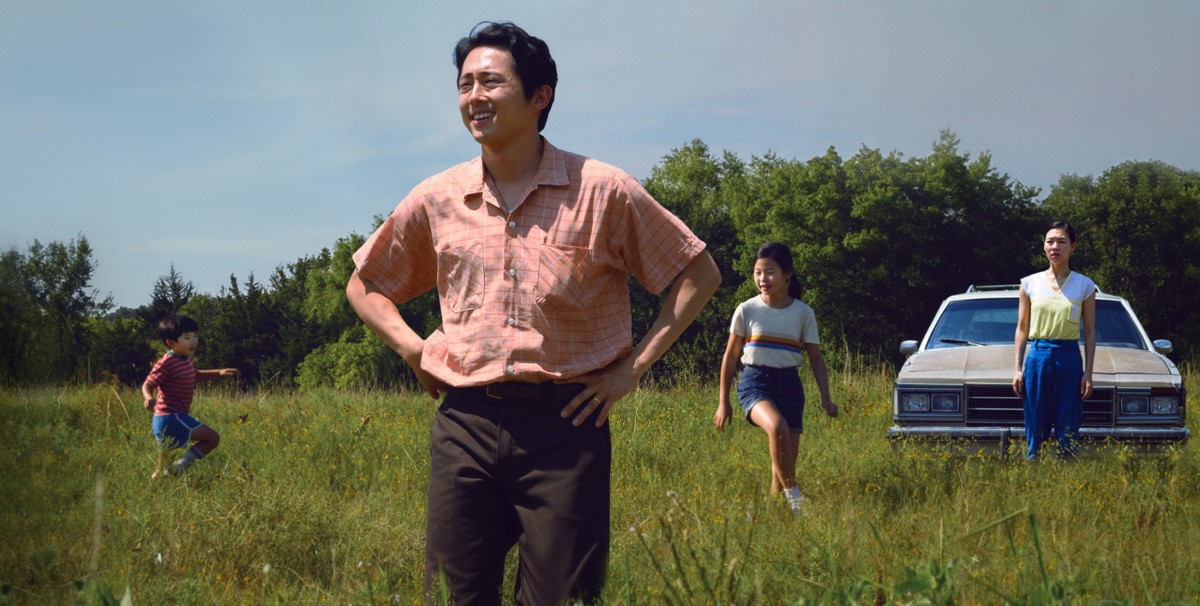







Comments
Post a Comment